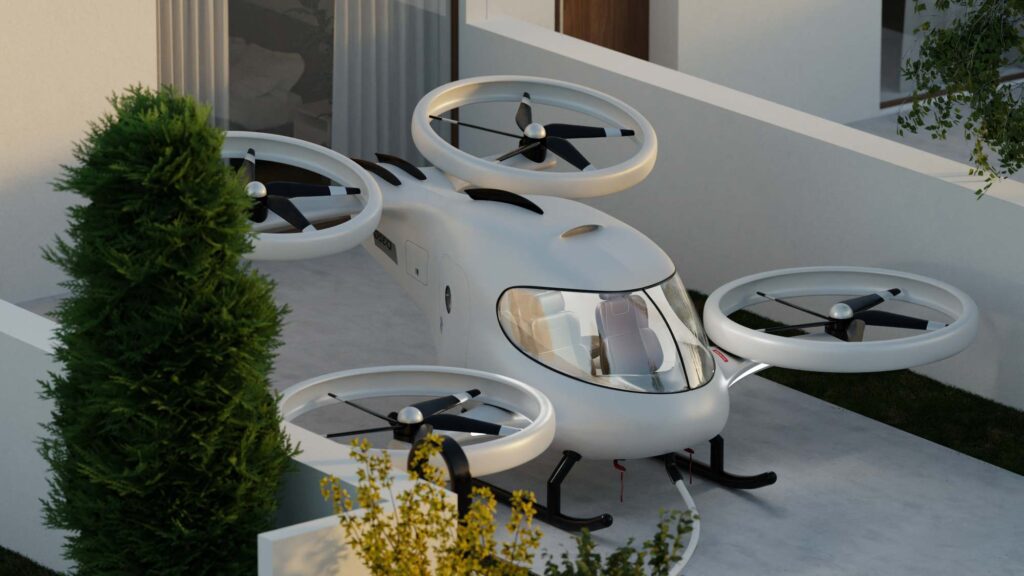Introduction
Actuators are the muscles of the modern industrial world, playing a pivotal role in driving machinery and robotic systems. Two primary types dominate the field: linear and rotary actuators. Choosing the correct type of actuator is crucial for optimizing performance and achieving efficiency in your automation systems. This article delves deeper into the technical distinctions between linear and rotary actuators, providing insights to guide your selection process.
Understanding Linear and Rotary Actuators
Linear actuators create motion in a straight line by converting energy into linear displacement. They are indispensable in settings where precision linear movement is required, such as in CNC machining centers, medical beds, and automated assembly lines.
Rotary actuators produce rotational motion and are crucial in applications that require circular movement. Common examples include the actuation of valves, the operation of robotic joints, and the steering mechanisms in automated guided vehicles (AGVs).
Technical Comparison of Linear and Rotary Actuators
Mechanism of Action
Linear actuators operate primarily through mechanisms like ball screws, belts, or pneumatic cylinders, each offering different levels of precision, speed, and load capacity.
Rotary actuators utilize gears, cam mechanisms, or pneumatic/hydraulic principles to achieve rotational motion, with options tailored for varying torque and speed requirements.
Control and Precision
Linear actuators typically feature high precision control interfaces, often integrated with sensors for feedback and position control systems that allow for exact positioning.
Rotary actuators excel in applications requiring rotational accuracy and can be equipped with gear reductions to enhance precision and torque control.
Load Dynamics
Linear actuators designed to withstand different load types—push, pull, and hold—with substantial force, making them ideal for vertical and horizontal applications.
Rotary actuators support loads that exert rotational force, and their design must account for radial and axial load bearings to enhance durability and performance.
Suitability for Applications
Linear actuators are often used in manufacturing, aerospace, and vehicle automation, where precise linear motion is necessary for assembly, positioning, or adjustment.
Rotary actuators are frequently seen in applications requiring continuous or indexed rotation such as automated robotics, material handling, and process control.
Energy Considerations
Linear actuators can be highly efficient, particularly in designs that use electric motors to convert rotary motion into linear motion without significant energy loss.
For rotary actuators, energy efficiency can vary significantly based on the choice of mechanism and the actuator’s duty cycle, with some designs better suited to intermittent rather than continuous use.
Choosing the Right Actuator
The decision between linear and rotary actuators should be based on a detailed assessment of your application’s motion requirements:
- Motion Type Required: Determine if your application requires straight or rotational movement.
- Load and Precision: Evaluate the nature and magnitude of the load and the precision required for optimal operation.
- Installation Space: Consider the spatial constraints within your system; rotary actuators might offer advantages in compact spaces.
- Energy Efficiency and Cost: Assess the energy consumption and overall cost-effectiveness of each actuator type in relation to your operational goals.
Selecting the appropriate actuator—linear or rotary—is vital for the success of any automated system. By understanding the specific requirements of your application and the unique capabilities of each actuator type, you can ensure optimal performance, efficiency, and reliability in your operations.
